Helping a Team Member Map Their Career Goals
Leadership is a rewarding journey full of accomplishments, both big and small. We get to share our vision, lead successful initiatives, make decisions that matter, and transform industries.
But above all these achievements, perhaps the most rewarding aspect of leadership is shaping our people into the leaders of tomorrow. We have the rare opportunity to coach our employees, helping them reach their full potential and, hopefully, find fulfillment along the way.
Of course, some team members are easier to lead than others. No matter what we believe our employees can achieve, some will inevitably struggle with defining their life goals.
The Hardest Team Members to Coach
Employees vary to the extreme. Some have it all mapped out — they know what they want to achieve, what brings them joy, and how they plan to reach their goals. Others are still figuring things out.
The most complex team members to coach are the ones who don’t know what they want — out of their careers or life. It’s a challenging place for a leader to start and a disheartening one for the employee to overcome.
When a team member feels adrift, you can help them define their priorities and map their career goals. With a clearer picture, your employee blossoms from aimless to ambitious and energized.
Setting Career Goals: The Important Questions
How do we help someone achieve their career goals — and reach their potential — if they can’t articulate what they want?
Sometimes, thinking about our life goals is overwhelming. Defining your ideal future feels like a make-or-break task. That’s why it’s essential to start by building a solid foundation. In his classic book, The 7 Habits of Highly Effective People, the late Stephen Covey’s ladder-and-wall analogy perfectly describes the importance of beginning with the end in mind.
I particularly love these two quotes from his book:
“It’s incredibly easy to get caught up in an activity trap, in the busyness of life, to work harder and harder at climbing the ladder of success only to discover it’s leaning against the wrong wall.”
And,
“How different our lives are when we really know what is deeply important to us, and, keeping that picture in mind, we manage ourselves each day to be and to do what really matters most. If the ladder is not leaning against the right wall, every step we take just gets us to the wrong place faster.”
Your team member may work very hard. They may accomplish great things for your company and collaborate well with their colleagues. But as leaders, our ambition isn’t merely to make cogs that fuel our machine. Instead, we must help our people become the best versions of themselves — the most joyful, fulfilled versions.
To do this, they need to know the ladder they are climbing is against the right wall. Help them by asking these three questions:
What Are Your Values?
The most grounded, confident people — and the most successful companies — are guided by values. Our values are the principles we consider non-negotiable. Examples include honesty, authenticity, empathy, and family-first. Core values drive our behavior, choices, and pursuits, including career development goals.
What Kind of Impact Do You Want to Make?
With defined values, it’s also crucial for your team members to consider what kind of impact they want to have — and on who. Values help guide individual choices, while impact can help define the role, niche, or industry where your employee will find the greatest fulfillment. Perhaps they’re passionate about making technology more accessible to underserved communities. Or, they may want to support their family and break generational challenges.
What Do You Love — and Hate — About Your Current Role?
Once you sort through big-picture ideas like values and impact, it’s also vital to consider the daily activities and responsibilities that shape our long-term experiences. Ask your team members to explore what brings them joy in their current role or industry and what drains them. Employees who find customer interactions exhausting shouldn’t plan a career around client relations. Not only will defining their likes and dislikes guide their future job searches, but it also helps them job craft in their current position.
Future-Focused Leadership
As a leader, your focus should extend beyond your organization’s future. You should also prioritize each employee’s future.
Use your 1:1s as guided explorations of values, impact, and passion with your team members. Ask them to reflect upon and define these aspects of life and work, which builds the foundation for their future choices.
It won’t happen all at once. In fact, it will likely take several months to iron out what matters most to them. But when they do, the future immediately becomes clearer. Once viable, options may melt away if they don’t align with their priorities. And new ideas will present themselves, too.
It’s an exciting and rewarding process — and the only way for your people to reach their potential and find fulfillment.

